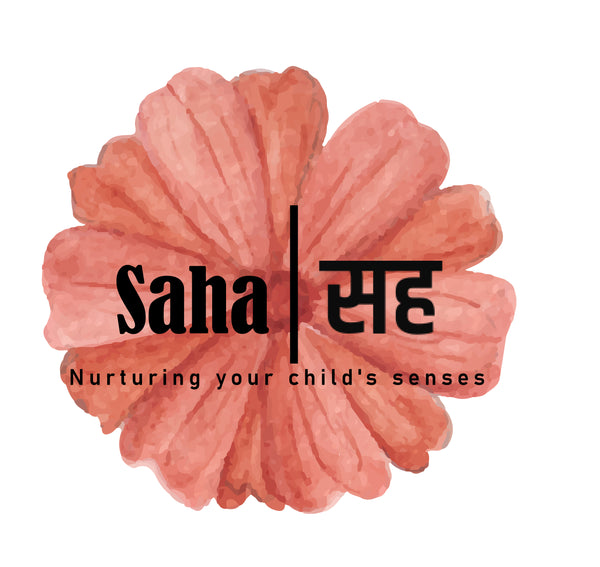
The importance of natural toys in Montessori and Waldorf Education System
Share
In the world of early childhood education, Montessori and Waldorf are two well-known philosophies that emphasize holistic development. Both approaches highlight the importance of natural toys in fostering creativity, sensory engagement, and a deeper connection with the environment. But why do these educational methods prioritize natural materials over synthetic ones? Let’s explore their shared values and the unique benefits of natural toys for children.
1. Encouraging Sensory Development
Natural toys made from materials like wood, wool, and cotton provide rich sensory experiences. Unlike plastic, which often feels uniform and artificial, natural materials offer diverse textures, weights, and temperatures. Montessori and Waldorf philosophies emphasize the importance of these tactile experiences in helping children develop their fine motor skills and understanding of the physical world.
For example, a wooden stacking toy not only teaches balance and coordination but also feels warm and smooth, engaging the child’s sense of touch in a meaningful way.
2. Fostering Creativity and Imagination
Both Montessori and Waldorf value open-ended play, where children use simple, unstructured toys to explore their imaginations. Natural toys, with their minimalist designs and lack of excessive detail, leave room for children to project their own ideas and stories onto them.
A wooden block, for instance, can transform into a car, a building, or a part of a larger creation. This freedom to imagine supports cognitive and emotional growth while nurturing a child’s ability to think creatively.
3. Connection to Nature
One of the core principles of both Montessori and Waldorf is fostering a child’s connection to the natural world. Toys made from natural materials like wood, wool, or plant-based dyes serve as a tangible link to the environment.
This connection helps children develop an appreciation for the world around them, fostering mindfulness and care for nature. It also subtly introduces sustainability as a value, teaching children to respect and cherish resources.
4. Non-Toxic and Safe
Young children explore the world through their senses, often putting toys in their mouths. Natural toys are typically made with non-toxic, safe materials, such as vegetable dyes or untreated wood, reducing exposure to harmful chemicals.
Montessori and Waldorf prioritize a child’s well-being, and choosing natural toys ensures their safety during these critical developmental years.
5. Sustainability and Durability
Natural toys align with the values of sustainability promoted by both educational philosophies. They are biodegradable, eco-friendly, and often crafted to last for generations. This durability not only reduces waste but also encourages a culture of valuing and caring for possessions, rather than discarding them.
6. Supporting Focus and Mindfulness
Natural toys are simple and uncluttered, avoiding the bright colors, flashing lights, and electronic noises of many synthetic alternatives. Montessori and Waldorf educators believe that this simplicity helps children stay focused and engaged in their play, promoting mindfulness and a sense of calm.
Choosing the Best Natural Toys for Your Child
At Saha, we create eco-friendly, handcrafted toys that align perfectly with Montessori and Waldorf principles. Made from sustainably sourced wood and finished with non-toxic, water-based dyes, our toys are designed to foster open-ended play and holistic development.
Whether it’s stacking toys that teach balance, sorting games for color recognition, or puzzles that challenge young minds, our collection inspires curiosity, creativity, and connection to nature.
By choosing Saha, you’re not just giving your child a toy—you’re nurturing their growth and contributing to a healthier planet. Explore our range of natural toys and join us in raising mindful, imaginative, and nature-loving children.
